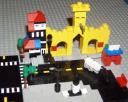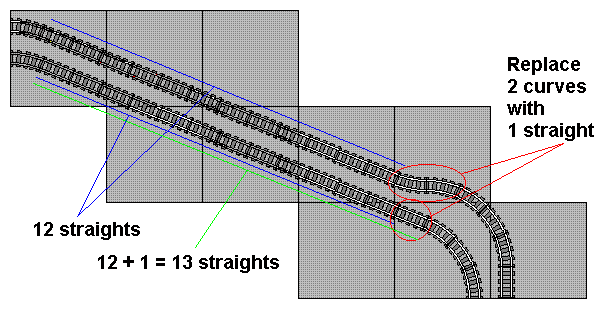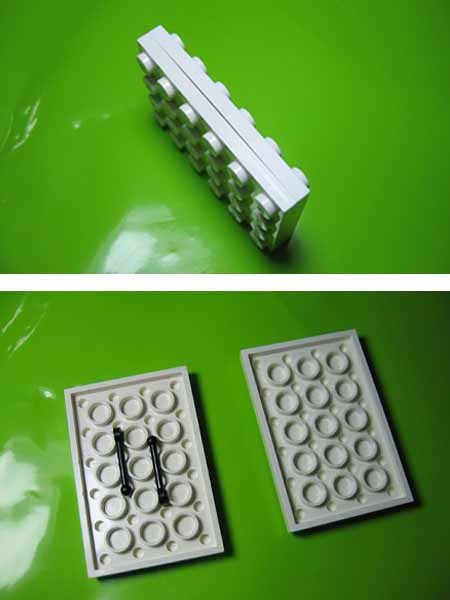Via The Brothers Brick:
“Alan Lopuszynski over at Burbanked linked to Linus’ recent post about robbed’s Terminator head and asks an interesting question I’d like to put in front of TBB readers:
Impressive? Absolutely. Yet it begs the question: were people this creative before the Internet offered an outlet with which to showcase their efforts? Because in our youth, we were lucky to construct a rocket car out of Legos that actually looked like it was capable of rolling down the upstairs hallway. We have to wonder, had we the benefit of the self-affirming effects of a blog and complimentary comments from people all over the world, whether things might have turned out quite differently in life.
So, dear readers, what do you think?”
My response:
I awoke from my last (in the sense of most recent, and hopefully in the sense of ultimate) Dark Age when my brother in law pointed me to Eric Harshbarger’s site, when it was featured on Slashdot for the Lego Desk. I looked at his works and thought “I could do that” and went out and bought a bunch of 3033 tubs (RIP) and built my Pokemon sculptures. I then found LUGNET and my local LUG and haven’t looked back since.
The thing that’s kept me from having another Dark Age is the interaction with other AFOL’s. Whether it be a LUG meeting, train show, or just posting pictures online, the fact that I’m not all on my own has made it possible to maintain momentum. And that wouldn’t happen without the Internet.
As for blogs though, I think the jury’s still out. I don’t think there’s enough of us blogging to really have an effect yet. I think that LUGNET (though not nearly as much as in the past), classic-space.com, classic-castle.com sites, etc. have more impact than blogs at the moment.
So the question I would add is, will LEGO blogs take over from bulletin boards as the venue for the LEGO discussion? I think they already have in a few small areas, such as vignettes, but overall it remains to be seen. What do you think?





 The obvious way to connect two LEGO pieces is by putting the studs of one into the underside of another. But there are other ways. For example you can use a right-angle bracket to connect bricks at a 90 degree angle. For example, the headlights or taillights on most LEGO cars and trucks are often attached this way. In the AFOL (Adult Friends of LEGO) community, the term for this is SNOT (“Studs Not On Top”).
The obvious way to connect two LEGO pieces is by putting the studs of one into the underside of another. But there are other ways. For example you can use a right-angle bracket to connect bricks at a 90 degree angle. For example, the headlights or taillights on most LEGO cars and trucks are often attached this way. In the AFOL (Adult Friends of LEGO) community, the term for this is SNOT (“Studs Not On Top”).